Built in 1891, the destination in Stockholm spreads over 74 acres.
It was one gorgeous summer and I had never seen a more radiantly beautiful Stockholm.
I am a frequent visitor to the Swedish capital as I attend travel and tourism fairs, conduct seminars and workshops, and spearhead sales calls and marketing blitzes. Every previous I’ve had here was over harsh winter months, as this is the ideal weather to pitch, promote and push our lovely and warm tropical islands.
To be in the city during its brief much-anticipated summers is utterly lucky. But to spend midsummer days in Skansen, arguably the best spot where outdoor activities, traditional festivities and joyous celebrations are held, you are absolutely and genuinely blessed.
And blessed indeed we were, for I experienced an unfamiliar, never-seen-before summertime Stockholm, which the city dwellers forever brag about.
Olden days
Nestled in the northern portion of the globe, Stockholm is made up of 14 islands with 50 connecting bridges, all across the Baltic Sea. Surrounded by parks and more green spaces with hilly seasides, the center is peppered with sterling galleries and theaters, quality restos and bars and so much more.
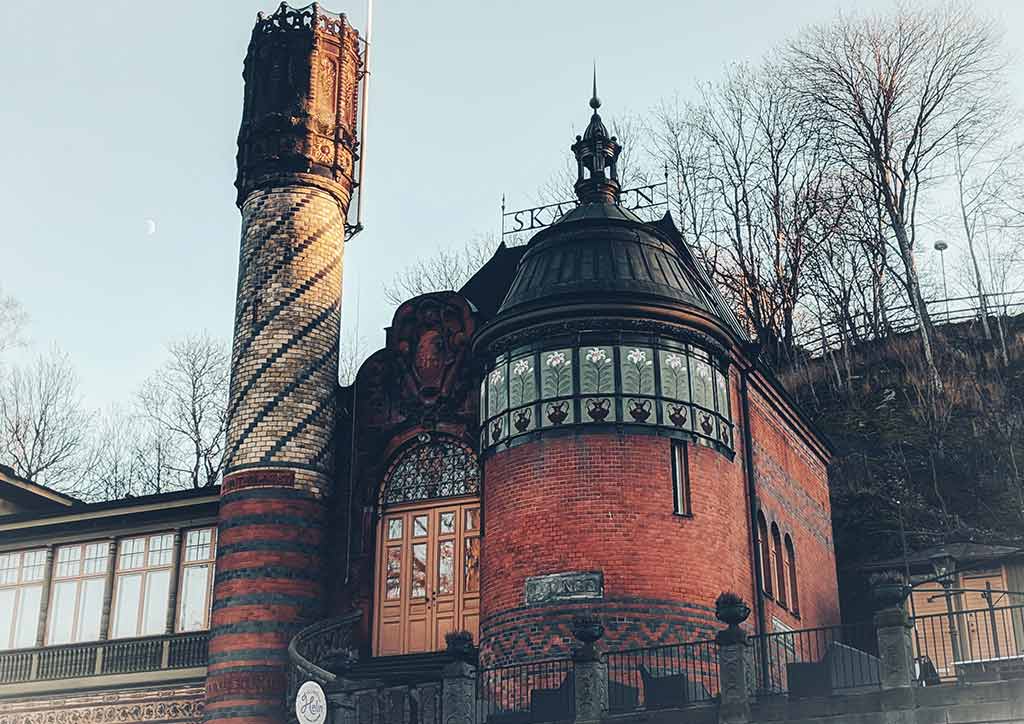
With varying perspectives and new ideas, the capital has cemented itself as the cultural, political and economic center of Sweden.
A brief boat ride—where we could not find a more jovial set of co-passengers—brought us to this hideaway island. The instant we stepped on terra firma, we intuitively knew: this was a sensational day, bar none.
Our destination was none other than Skansen, a 75-acre and the first open-air museum and zoo in the country. This was located on the island of Djurgården, whose very name instantly conjured images of swaying trees, patches of greens and blooming flowers.
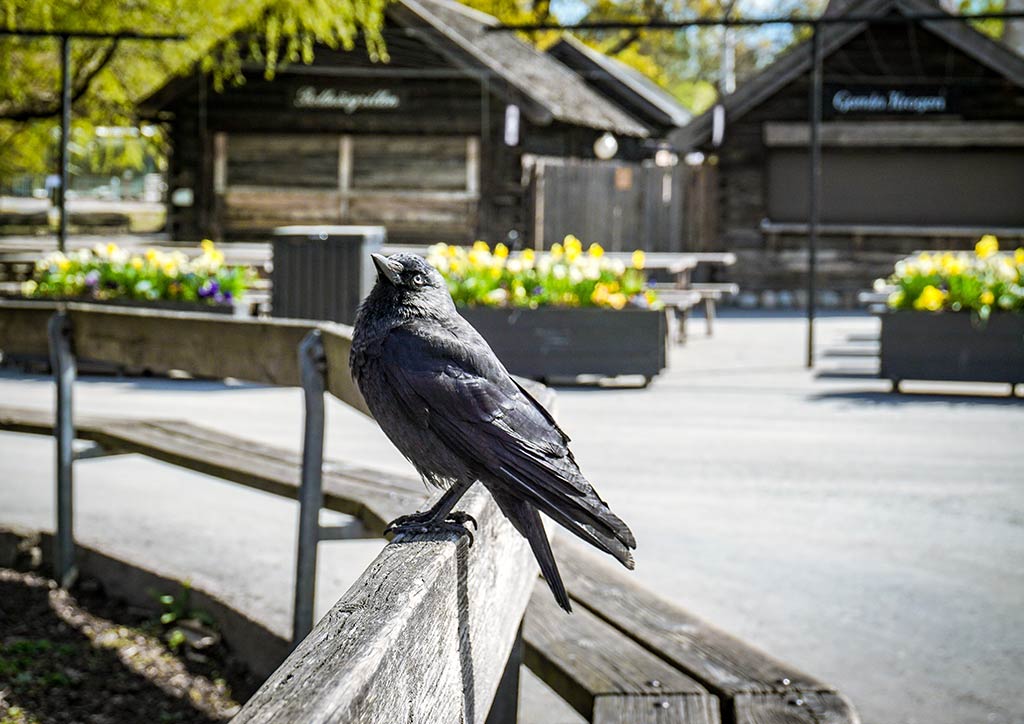
We soon learned that Skansen was founded in 1891 by scholar, historian, folklorist and school teacher Artur Hazelius, who likewise established the impressive Nordic Museum.
Hazelius was inspired by King Oscar II in 1881, who was the first monarch to launch the concept of open-air showrooms in a little border town with Oslo. He bought a massive collection of 150 residential homes—some with grass growing on the rooftops—mercantile buildings, utilitarian windmills, bakeries, smithies and pharmacies.
Deconstructed from their original location, they were shipped piece by piece to the designated locale, where they were eventually rebuilt.
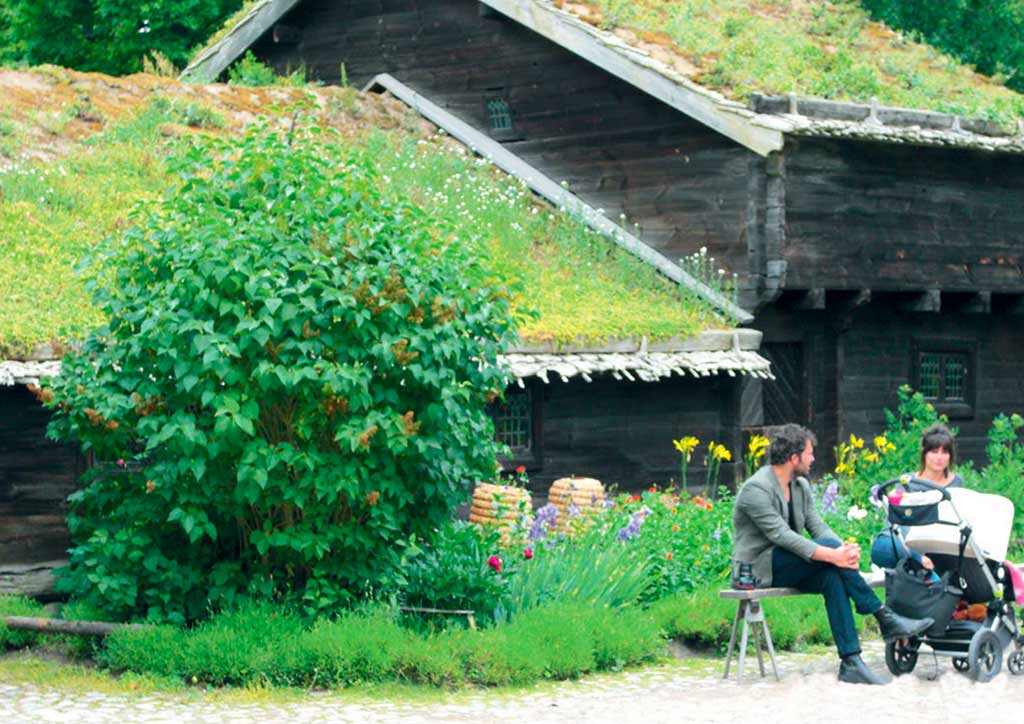
These were accurate, faithful recreations of olden architecture, decked out with aged, but still functional, equipment, which furthered our immersion.
Nature abounds
Modes of transportation, both carriages and wagons, were pulled by beasts of burden. All these were a unique presentation that spotlighted the authentic lifestyle back then.
As we explored more of the area, we were immediately floored by distinct groups of locals, all donned in the original attire of old Sweden. They came as shoemakers, bakers, gardeners, pharmacists, farmers, blacksmiths—you name it, they had it.
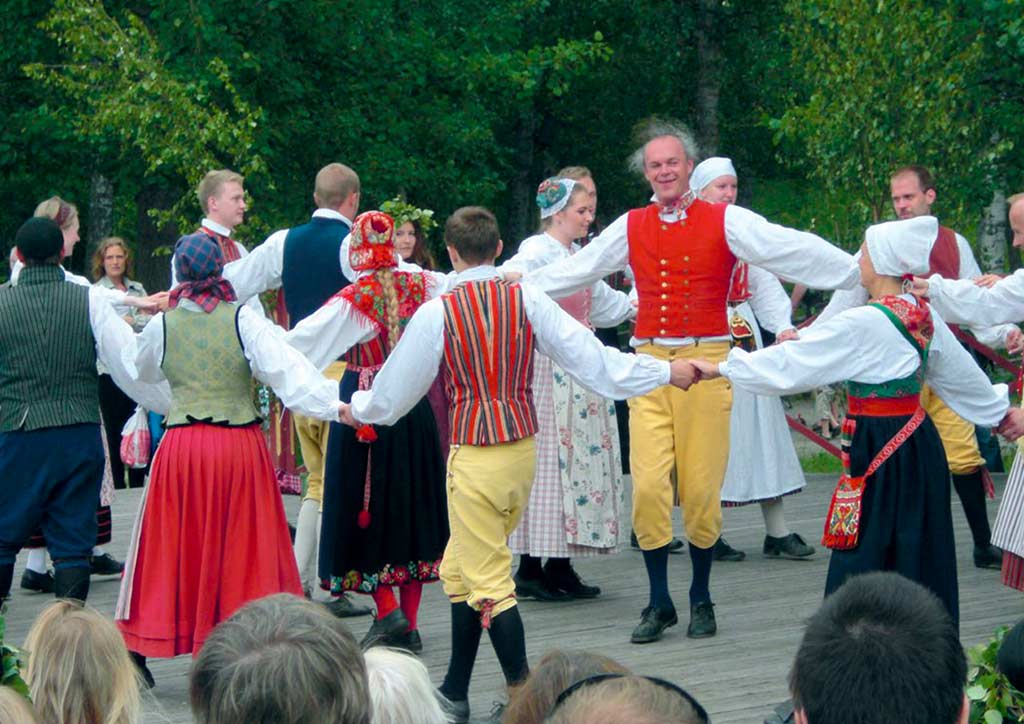
We were likewise impressed by the nearby gardens which had an imposing collection of plants and flowers. Rye and flax were grown in a farm-like setup, while other areas within the vicinity had vegetables representative of their time.
We noticed several calm ponds, their stillness were only broken by swans and ducks which gracefully glided through the waters.
The public zoo, which we next explored, had numerous children’s favorites such as bouncing rabbits, chicken bantams, guinea pigs and even mini pigs. We encountered visitors who surveyed the deeper side of the menagerie and spotted seals, moose, lynx and bear cubs.
Wherever we set our eyes on, it seemed everyone had leaves and flowers on their heads. We
sought assistance from helpful guides who allowed us to choose plants, twigs, vines and blossoms of our choice and weaved flower crowns.
According to legend, it is a symbol of rebirth and fecundity. The blooms carry enchanting powers which may be preserved if they are properly dried.
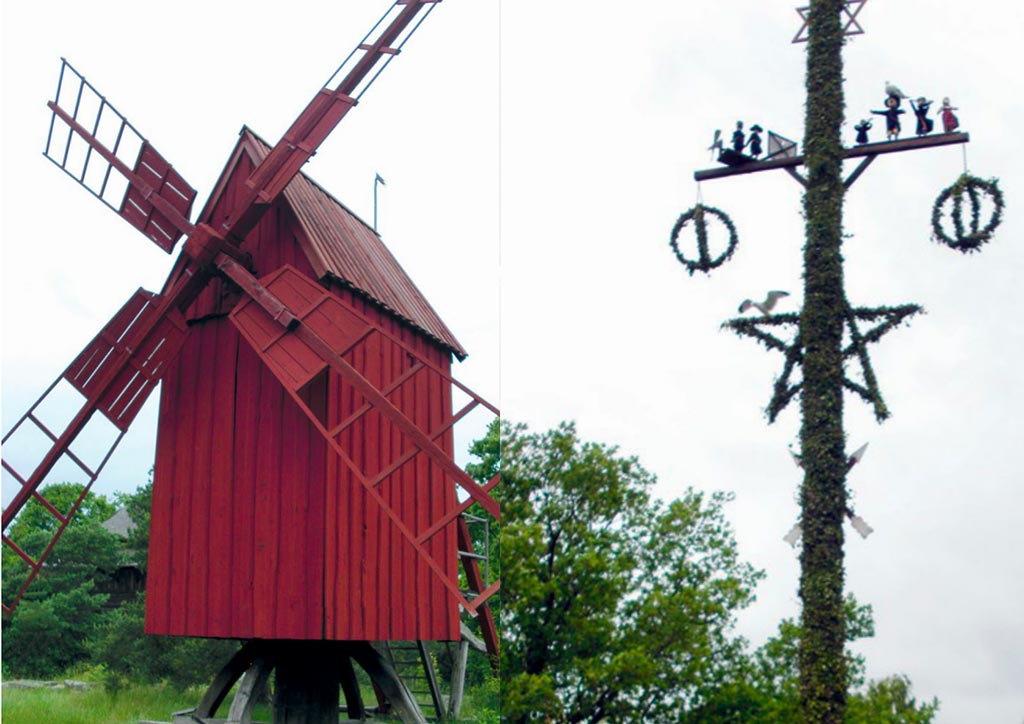
Thanking Mother Earth
With cheers and jeers around us, we caught the tail end of the spirited parade, where men carried a maypole covered with vines, leaves and moss, who worked together to plant the column for good harvests in autumn.
Garbed dancers and music makers in old-fashioned getups showed off their talent in what was called the Frog Dance—a traditional move—in a circle around the area and eventually the pole.
As is customary in any gathering, food and drinks flowed to no end. And thus, we were offered several helpings of pickled herrings, boiled potatoes, and fresh strawberries with cream. No meal would be complete without ice-cold beer or schnapps. These components are considered national mainstays and are always served at all tables during this day.
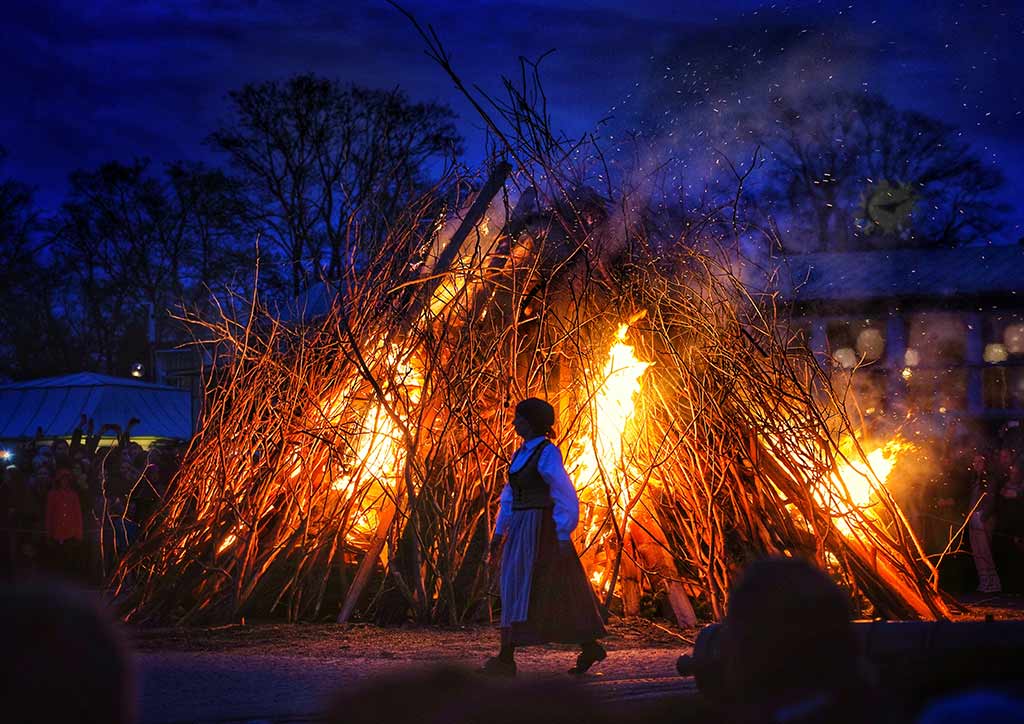
We witnessed merry clusters who zealously sang drinking songs for each toast they made—and trust me, there were plenty of cheers to go about. The most popular was the Helan går, which translated to “the whole goes down,” a sign that you must drink the entire glass.
And why the party, you might wonder? Because it was Midsummer, basically the summer solstice, which is as popular as Christmas. It is the longest night of the year and the Swedish celebration of the beginning of the summer season.
This is centered on ancient agricultural rituals which required participation of the entire village. (Although no one is forced, they all willingly do so.)
In other parts of Europe, this festivity was normally conducted by dancing in a ring around the bonfire. However, way up north in Sverige, even the evenings were still lit up by the sun! Lo and behold, the campfires have been replaced by the earlier-sighted pillars.
During the revelries, amidst the colorful sights and energized sounds, we realized our blessings to have lived through an authentic, honest-to-goodness appreciation of the gifts and bounties of the often-neglected Mother Nature.
This story first came out in the December 2020-January 2021 issue of Lifestyle Asia.





